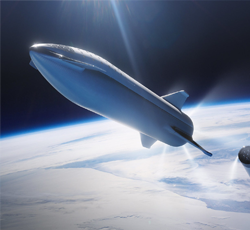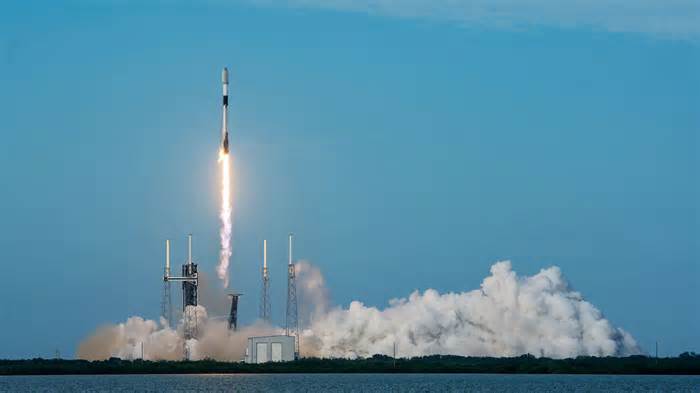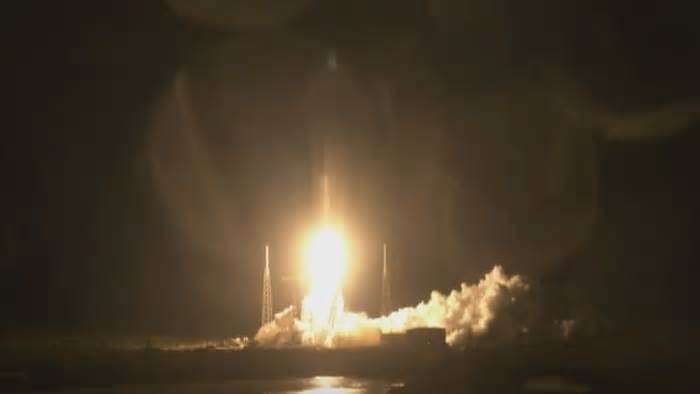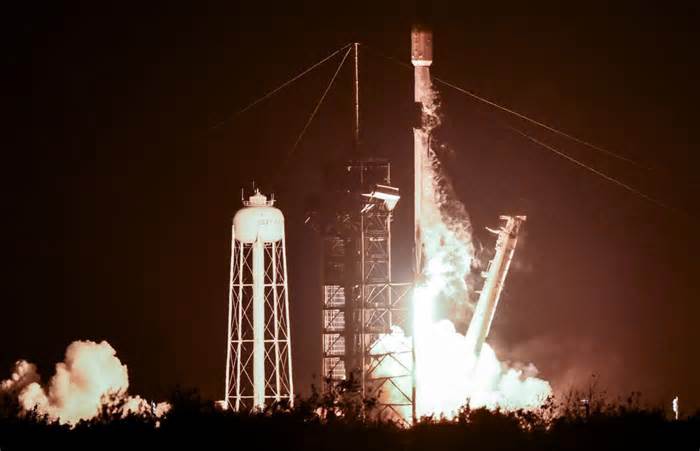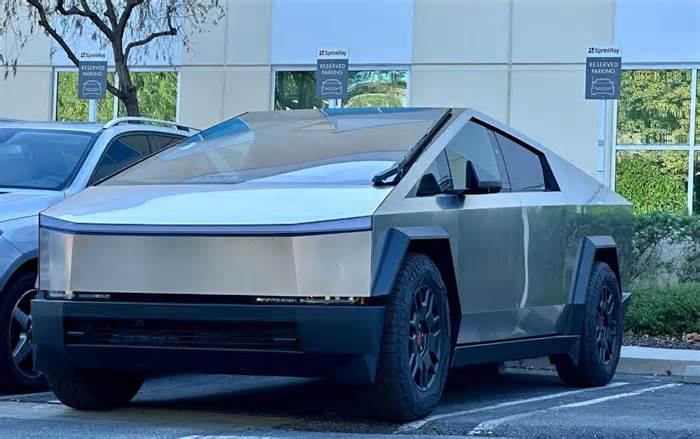
NASA plans for launch of Europa Clipper: What to know about craft's search for life
- by USA Today
- Sep 17, 2024
- 0 Comments
- 0 Likes Flag 0 Of 5
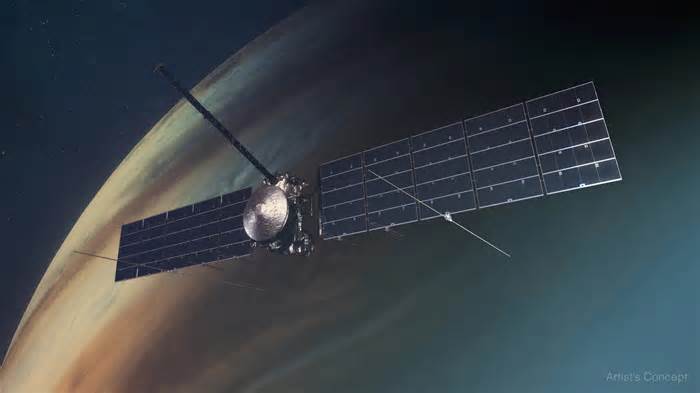
USA TODAY
When the uncrewed orbiter reaches the moon by 2030, it will begin the task of mapping and scanning above and beneath Europa's surface to determine whether the celestial body is indeed habitable.
With the launch window set to open as soon as Oct. 10, NASA officials took the time Tuesday to provide an update on the Europa Clipper mission during a news conference.
This story was updated to add new information and because an earlier version included an inaccuracy.
NASA is just weeks away from sending a spacecraft on a six-year journey to the Jupiter moon Europa, where the massive orbiter will get an unprecedented glimpse of an ocean world that scientists believe could harbor life. SpaceX faces $633,000 fine from FAA over alleged launch violations: Musk plans to sue
During the course of 49 close flybys of Europa, the Clipper will gather and relay data to help scientists determine, for instance, the subsurface's salinity and how deep the water is, said Gina DiBraccio, acting director of NASA's Planetary Science Division.
"NASA is so excited to being one step closer to answering fundamental questions about the solar system and beyond," DiBraccio said in prepared remarks. "This is going to pave the way for the future: for future missions to Europa and elsewhere in our solar system where we can search more directly for life."
What to know about the Clipper spacecraft
With its massive solar arrays and radar antennas, the Clipper is the largest spacecraft NASA has ever developed for a planetary mission.
Bigger than a basketball court, the spacecraft extends 100 feet from one end to the other and is about 58 feet across. With no propellant in the tank, the Europa Clipper weighs about 7,145 pounds.
The orbiter's solar arrays alone, which need to be huge so they can collect enough sunlight while near Jupiter to power the craft, measure about 46.5 feet long and about 13.5 feet high.
Though mission engineers plotted orbits to limit the Clipper's time amid Jupiter's most intense radiation, the spacecraft was also designed with a thick-walled vault made of titanium and aluminum to shield sensitive electronics.
NASA spacecraft have imaged Europa before – but not like this
Six spacecraft have visited Europa since it became one of the first moons found beyond Earth.
NASA’s Pioneer 10 and 11 spacecraft flew by Jupiter in the early 1970s, but the first spacecraft to image the surfaces of Jupiter's moons in significant detail were the Voyager 1 and 2 probes in 1979. NASA's Junospacecraft has been orbiting Jupiter since July 2016.
However, it was the imaging conducted in the 1990s during the Galileo mission that provided the most data on Europa to date.
Scientists have long been intrigued by the moon's surprising lack of large impact craters that lend it a notably smooth surface, especially relative to the other icy moons. Galileo's imaging also revealed reddish-brown cracks slicing the surface that scientists hope to better understand when the Clipper arrives.
The Europa Clipper's flybys will cover both hemispheres of the moon, the closest of which will be at an altitude of 16 miles above Europa's surface, NASA says.
On board, the Europa Clipper will carry nine observational instruments, including cameras needed for high-resolution imaging and an ice-penetrating radar to search for the subsurface water. The instruments, which will also study the moon's geology and atmosphere, will operate simultaneously on every pass so that scientists can layer the data together to paint a full picture of the moon.
"Every mission we have ever been to, we have always uncovered things we could not have imagined," Buratti said. "There's going to be something there, the unknown, that is going to be so wonderful that we can't conceive of it right now."
When will the Europa Clipper launch?
NASA officials said Tuesday that the Europa Clipper remains on track to be ready when the launch window opens Thursday, Oct. 10.
Engineers have been hard at work readying the spacecraft to endure both a launch on a SpaceX Falcon Heavy rocket as well as the harsh conditions of the vacuum of space, said Jordan Evans, Europa Clipper project manager at the Jet Propulsion Laboratory. The orbiter is now prepared to get fueled up and head to Launch Complex 39A at NASA’s Kennedy Space Center in Florida, Evans said.
Ahead of the spacecraft is a 1.8 billion-mile journey to Europa on a trajectory taking it past Mars and then Earth, using the planets’ gravity as a slingshot to add speed for the trek. After journeying for more than five years, the Europa Clipper will fire its engines to enter Jupiter's orbit in 2030.
Eric Lagatta covers breaking and trending news for USA TODAY. Reach him at elagatta@gannett.com.
Featured Weekly Ad
Please first to comment
Related Post
Stay Connected
Tweets by elonmuskTo get the latest tweets please make sure you are logged in on X on this browser.
Sponsored
Popular Post
tesla Model 3 Owner Nearly Stung With $1,700 Bill For Windshield Crack After Delivery
33 ViewsDec 28 ,2024
Middle-Aged Dentist Bought a Tesla Cybertruck, Now He Gets All the Attention He Wanted
32 ViewsNov 23 ,2024






 Energy
Energy